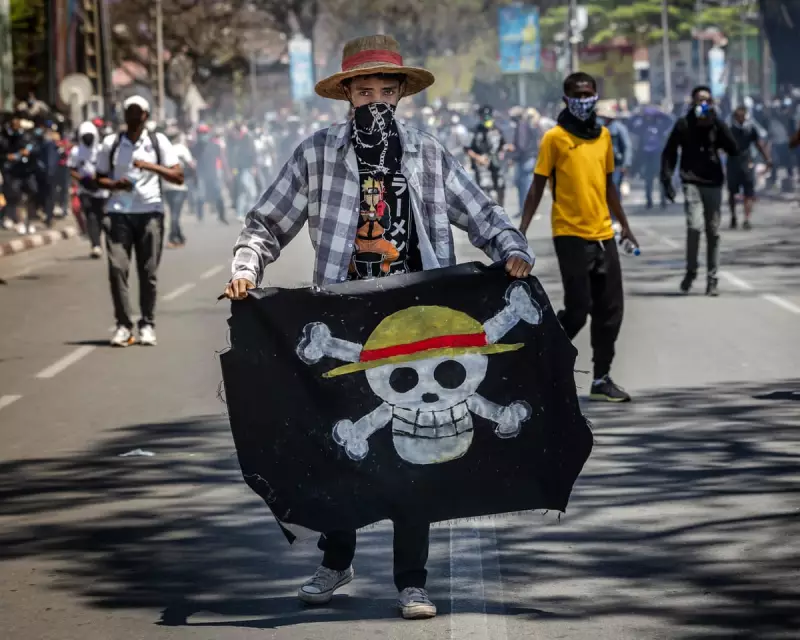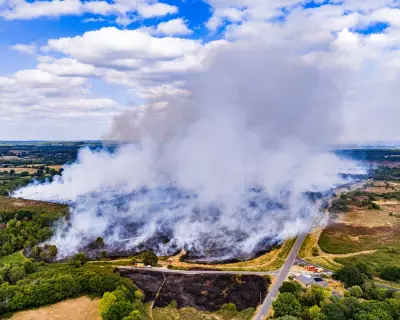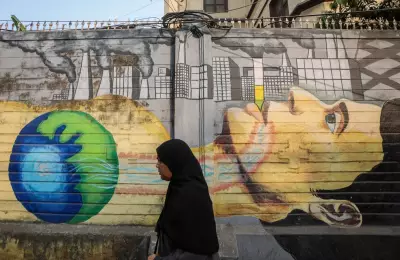
Across university campuses, city squares, and digital platforms, a new wave of protest is reshaping political engagement. While Generation Z activists might bond over shared interests in anime and internet culture, their movements reveal something far more profound about this generation's approach to social change.
The Digital Natives' Playbook
Today's youth activists aren't just borrowing tactics from previous generations—they're rewriting the rulebook entirely. Armed with smartphones and fluent in the language of social media, they're creating movements that transcend traditional political boundaries and operate at lightning speed.
More Than Shared Pop Culture
While outsiders might notice the anime references and meme culture that often accompany these protests, the real connections run much deeper. These movements share:
- A distrust of traditional political institutions
- A global, interconnected perspective on issues
- An emphasis on intersectional approaches to activism
- The ability to rapidly mobilise across digital and physical spaces
From Climate Strikes to Digital Rights
Whether marching for climate action or campaigning for digital privacy, Gen Z protesters demonstrate a remarkable ability to connect seemingly disparate issues. They understand that environmental justice, economic equality, and digital rights are not separate battles but interconnected fronts in the same war for a better future.
What makes this generation different isn't just their technological fluency, but their refusal to accept the siloed thinking of previous activist movements. They see the connections between corporate power, political inaction, and social inequality with startling clarity.
The Future of Protest
As these movements continue to evolve, they're challenging not just specific policies but the very structure of political engagement. Their hybrid approach—combining online organisation with strategic physical presence—suggests a new model for activism that future generations will likely emulate.
The real story isn't about what these young protesters watch or wear—it's about how they're fundamentally changing what protest looks like in the 21st century.





